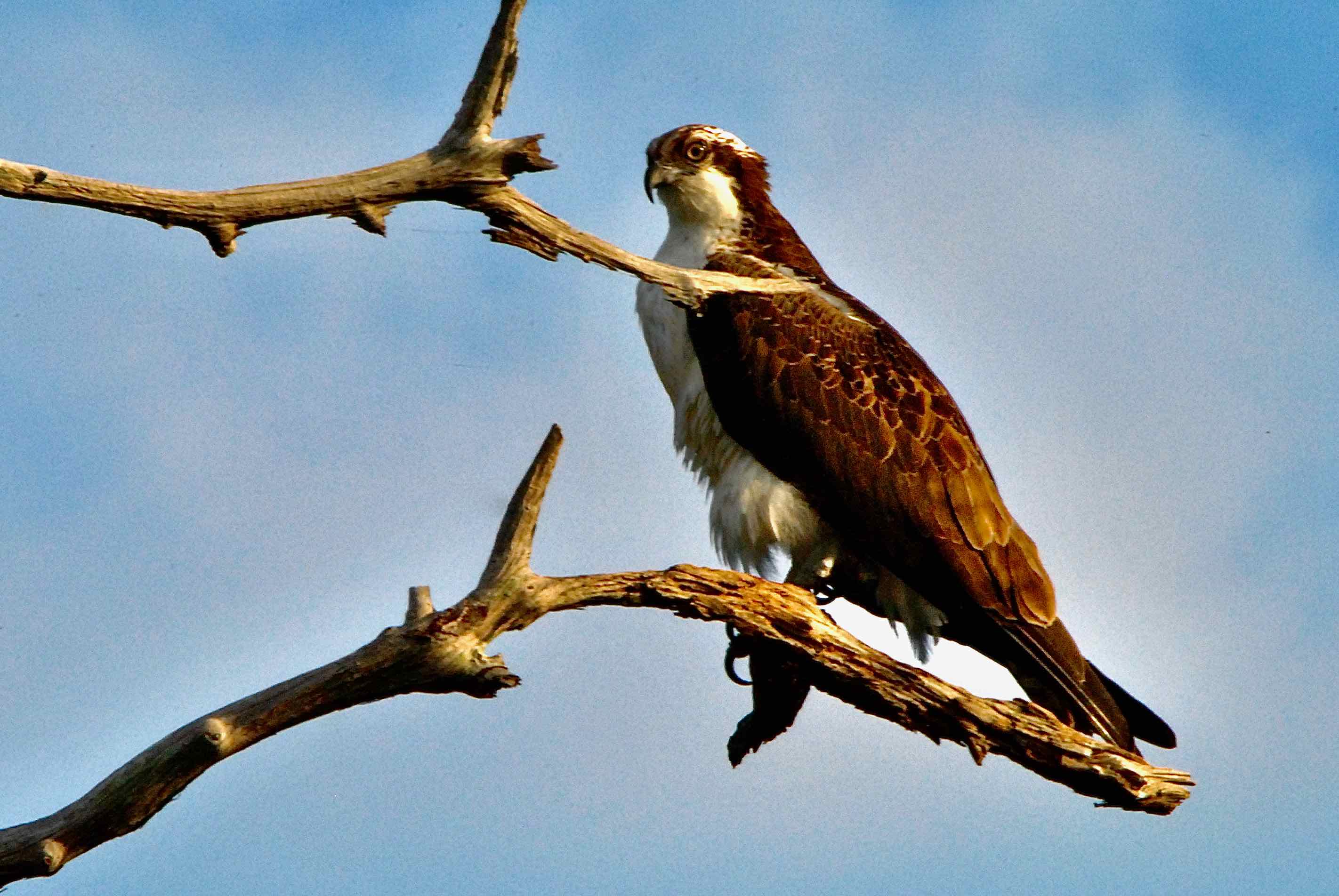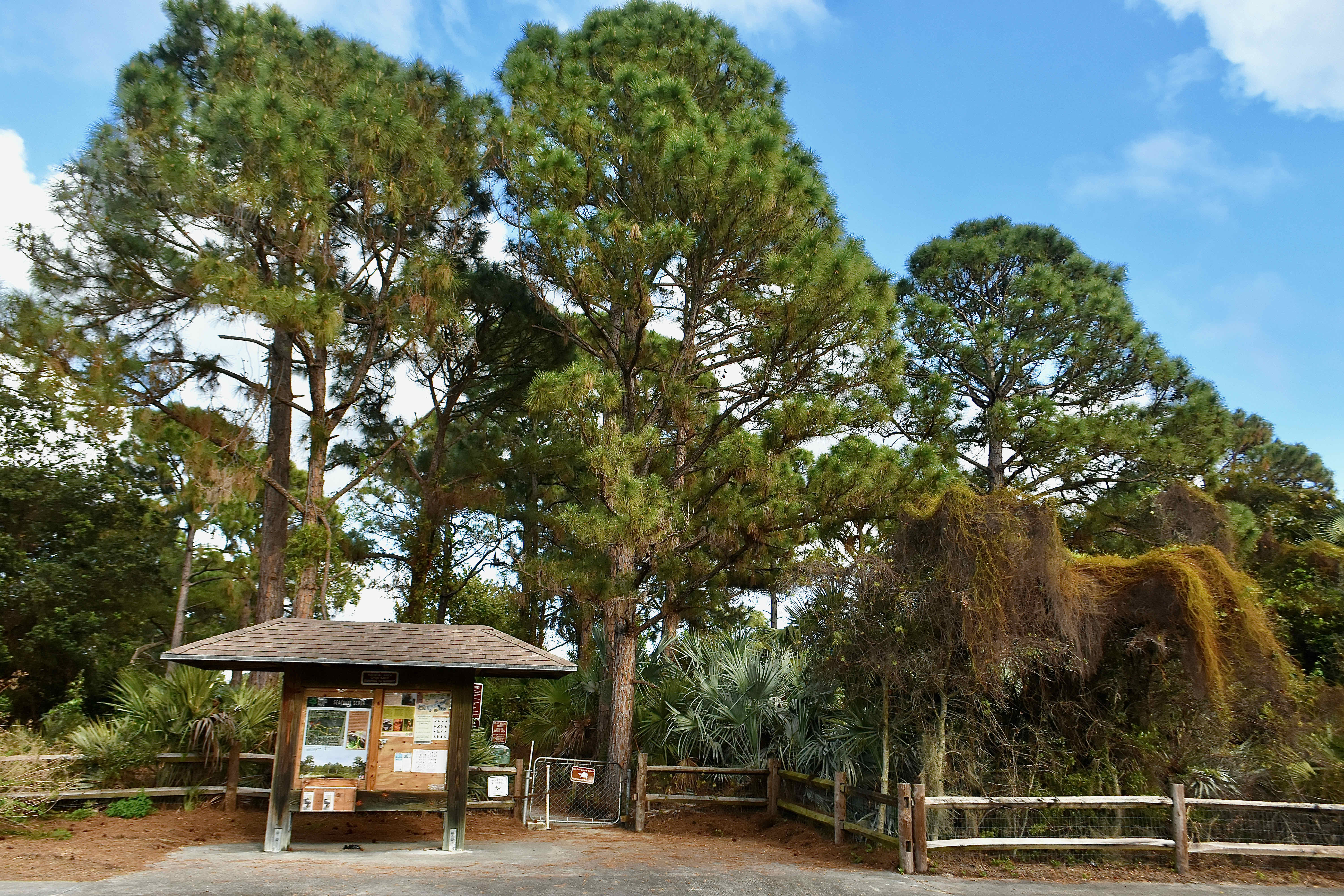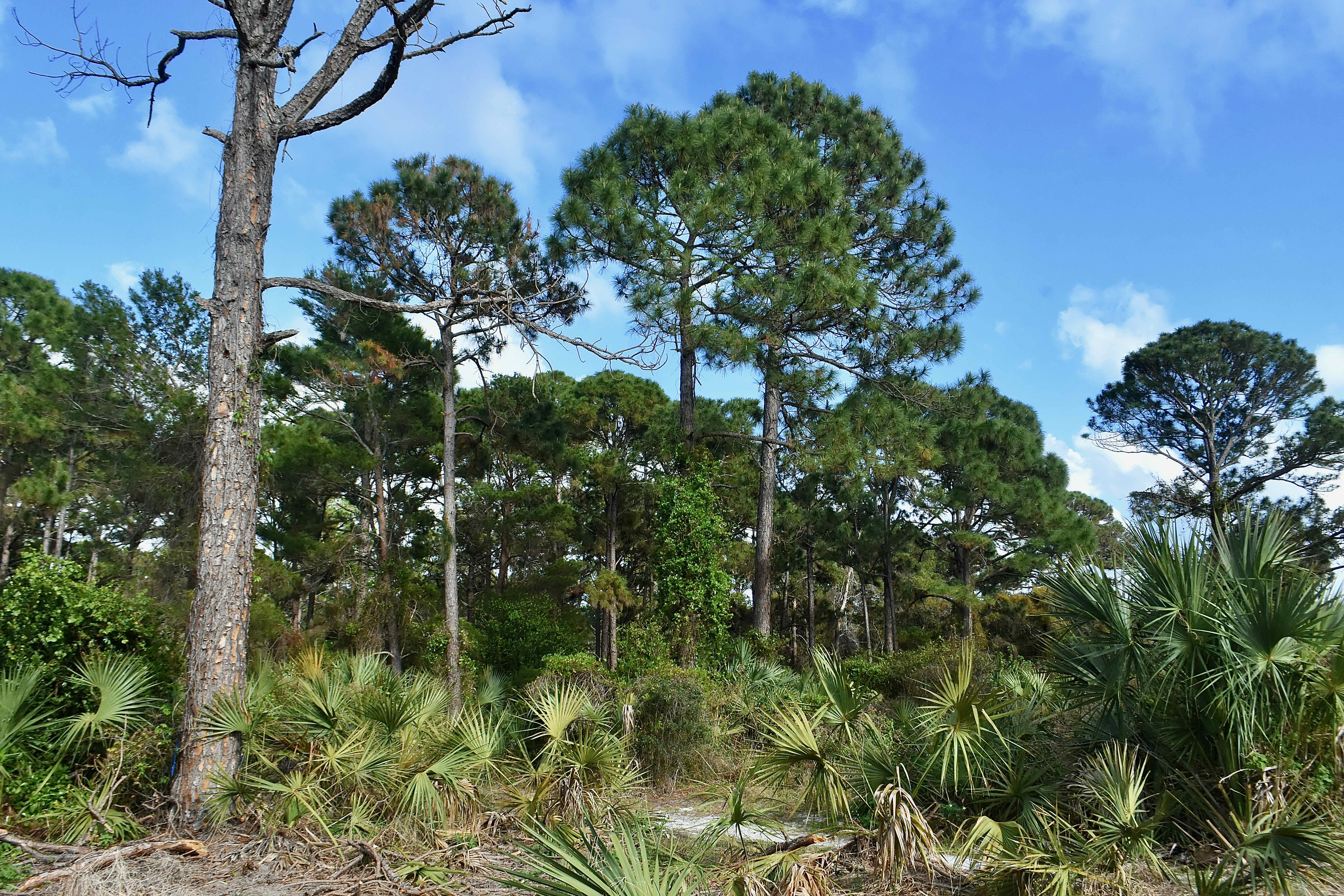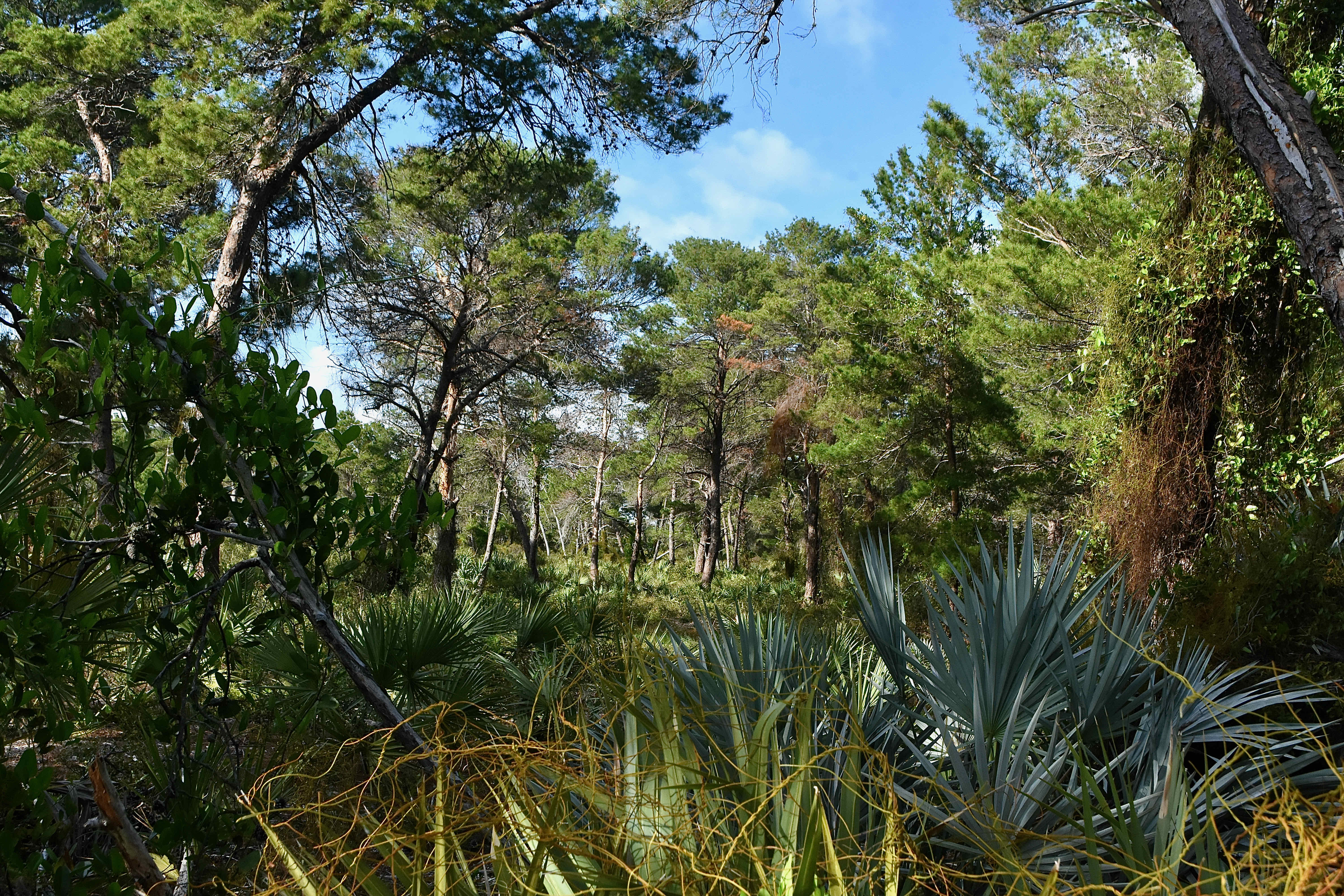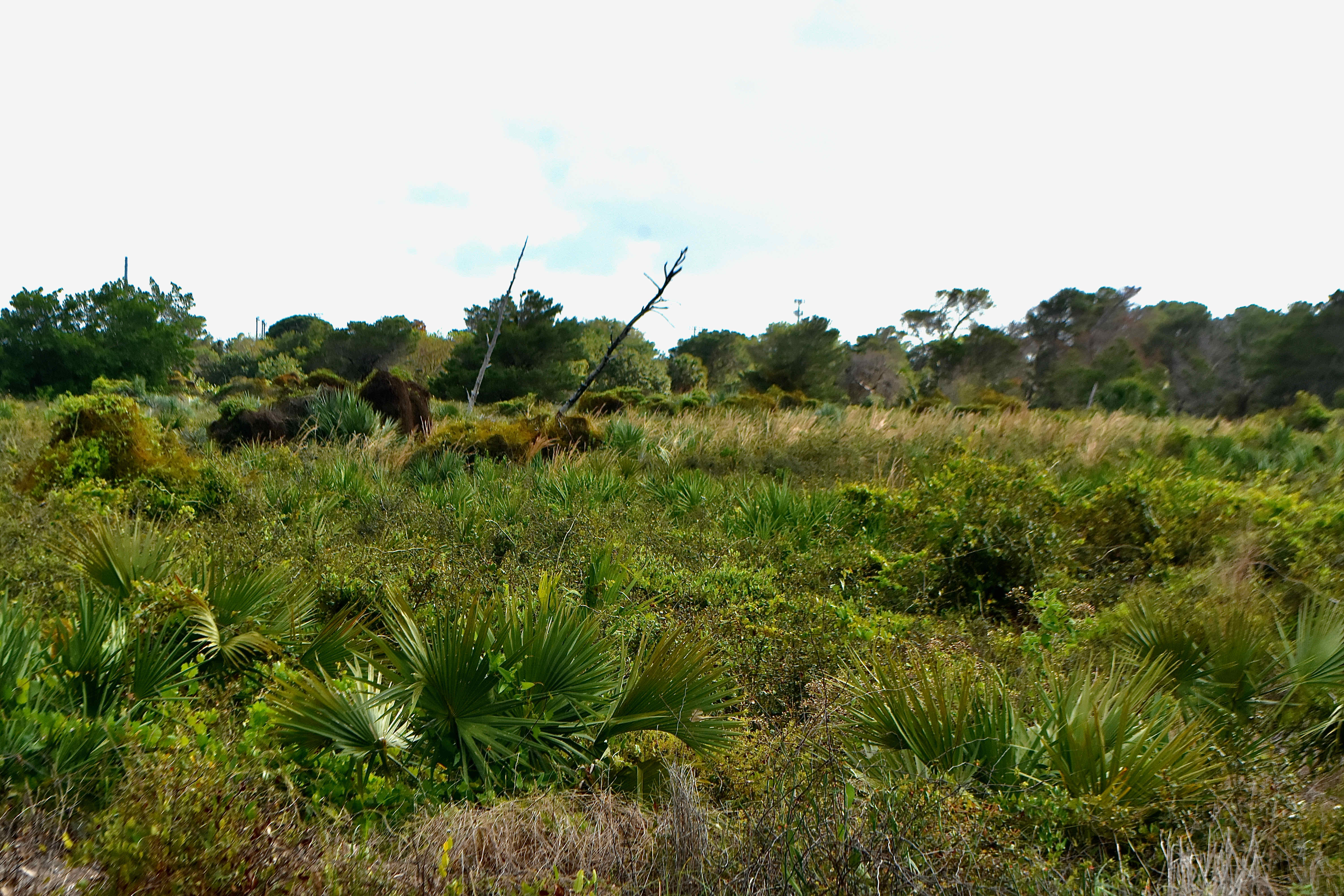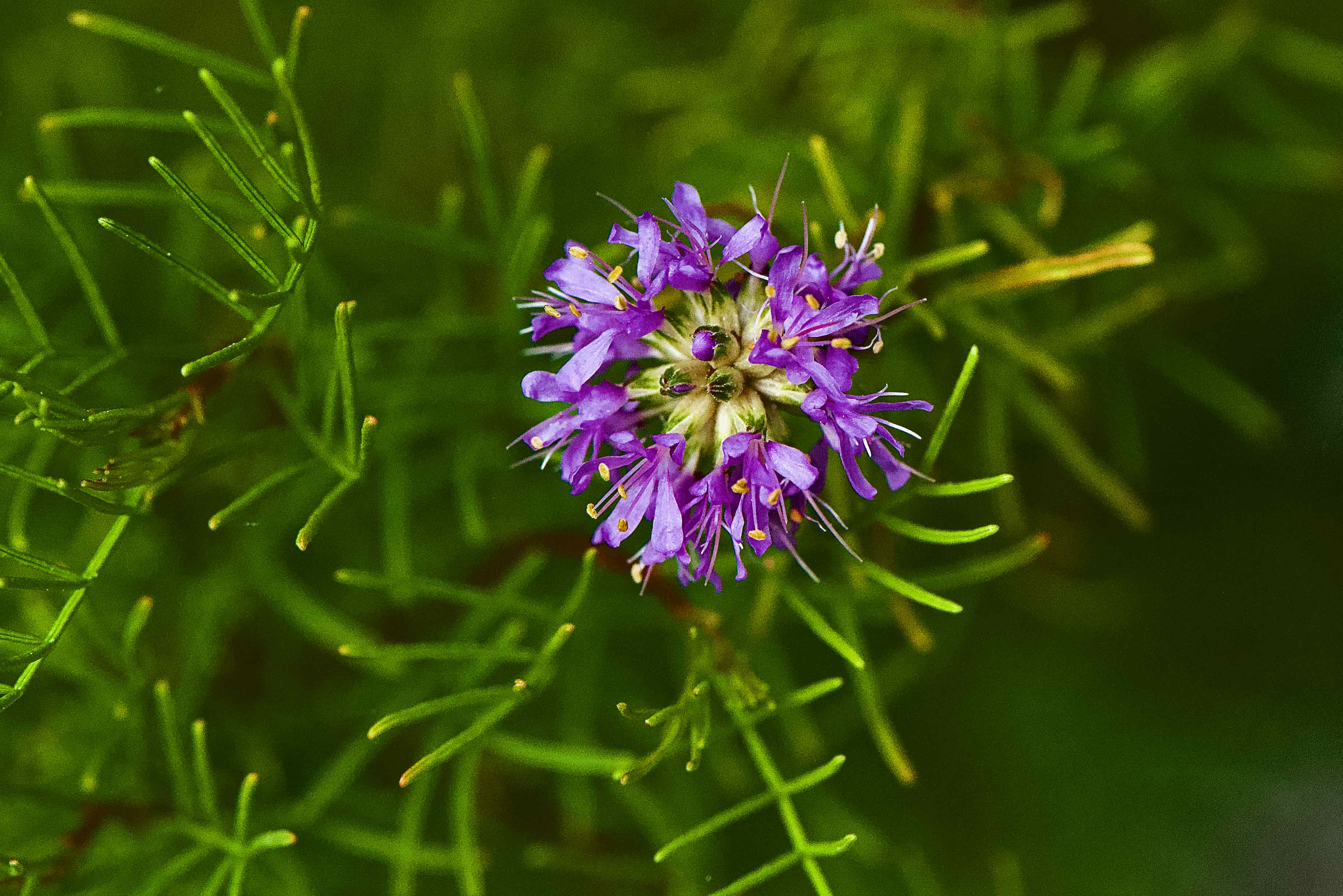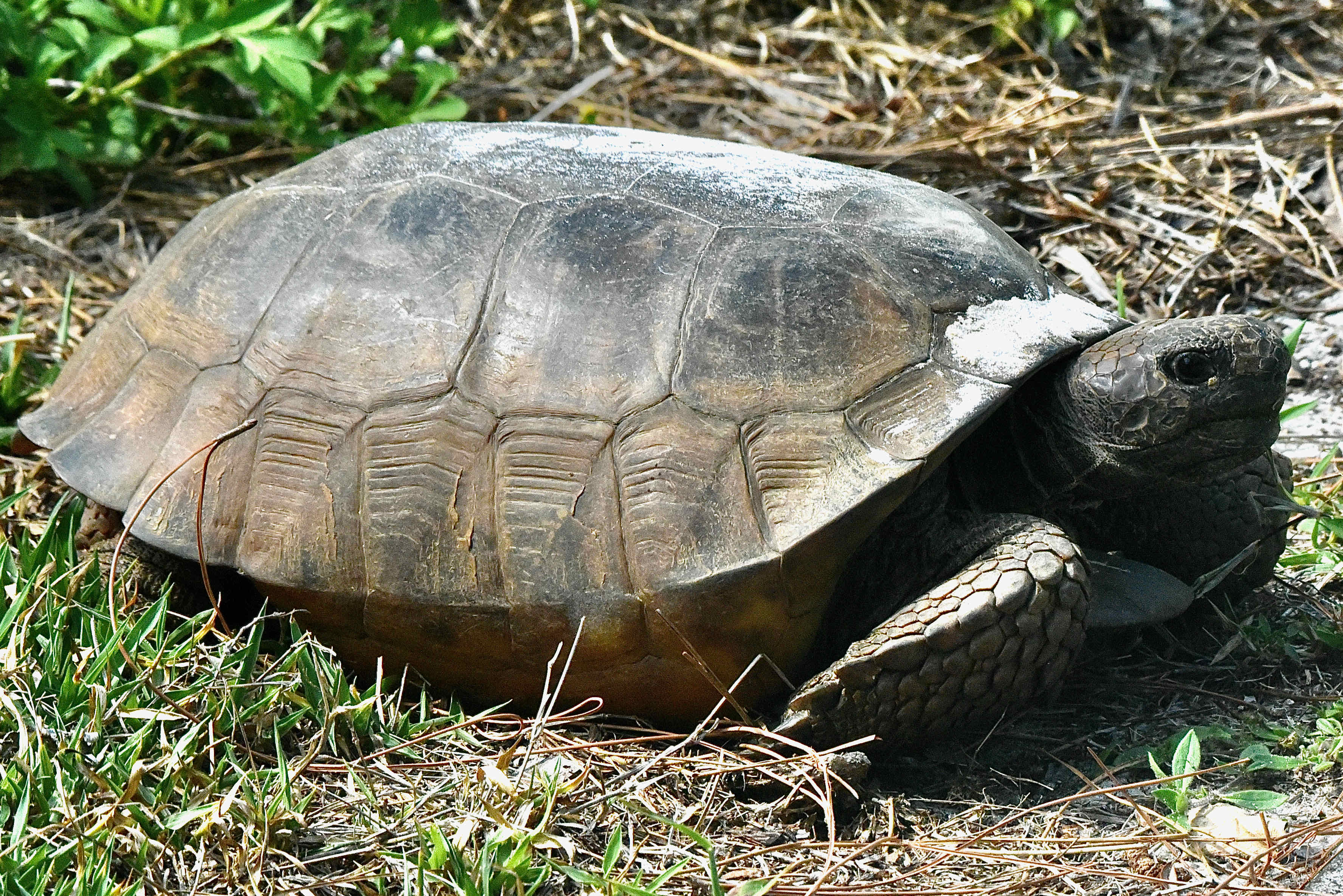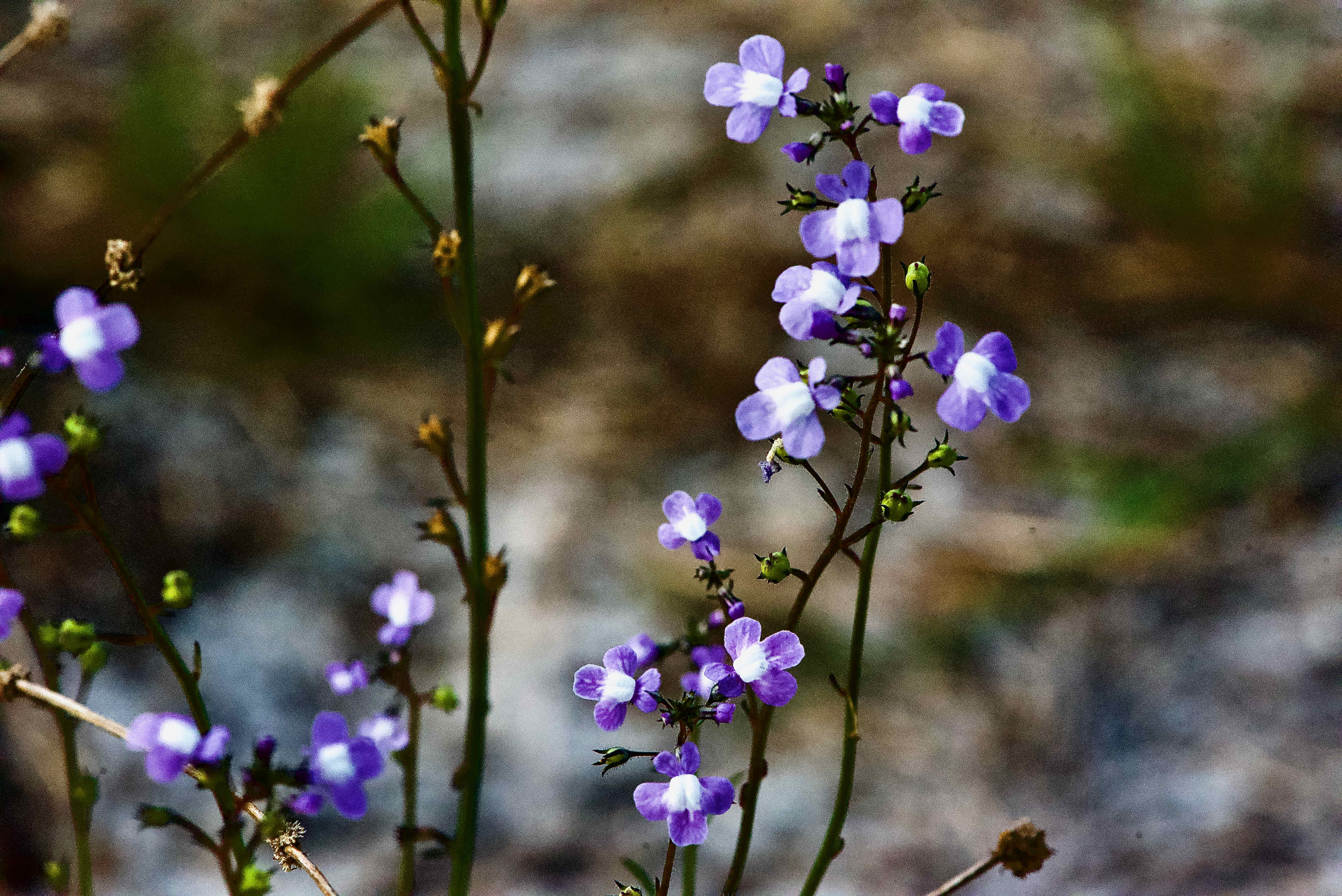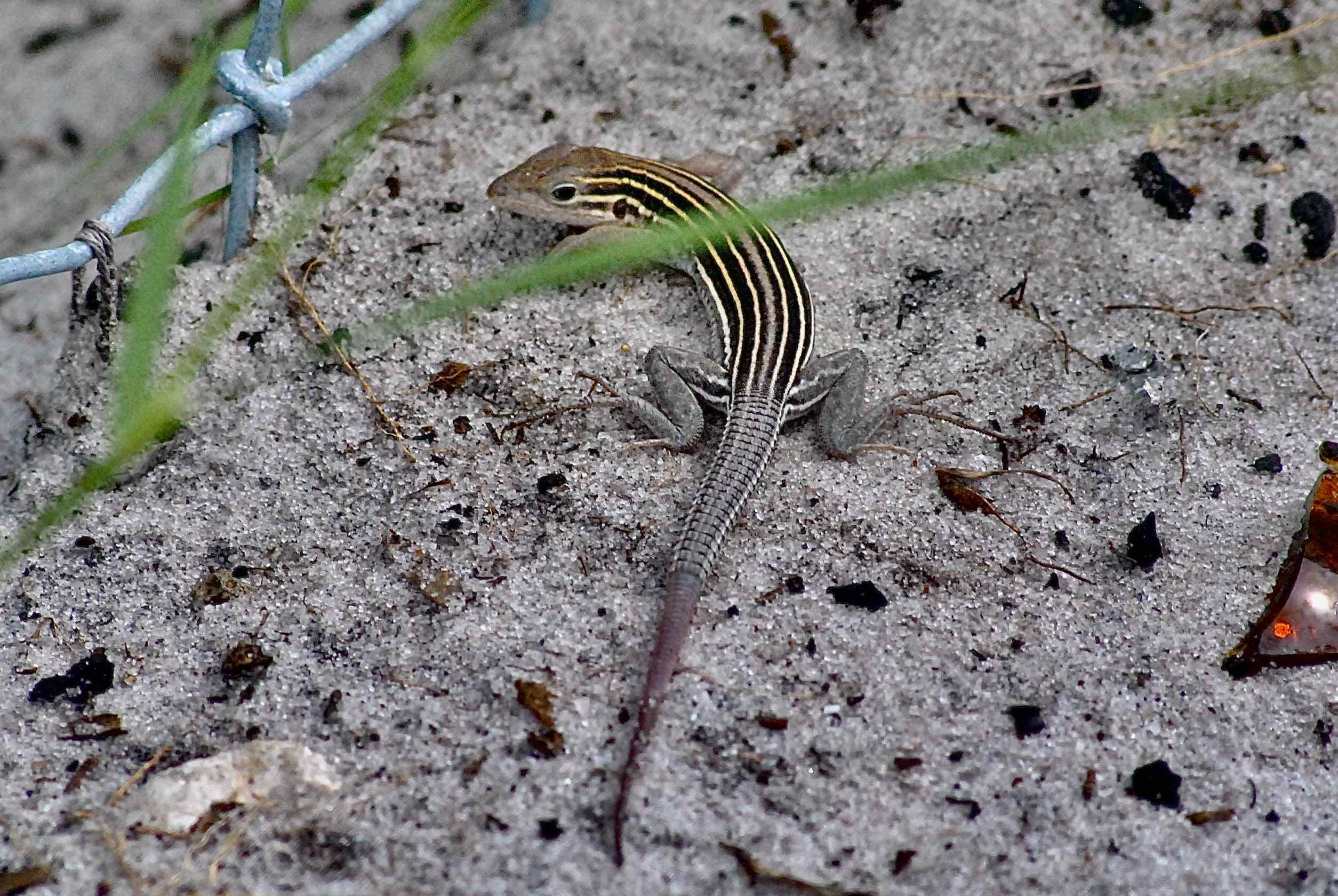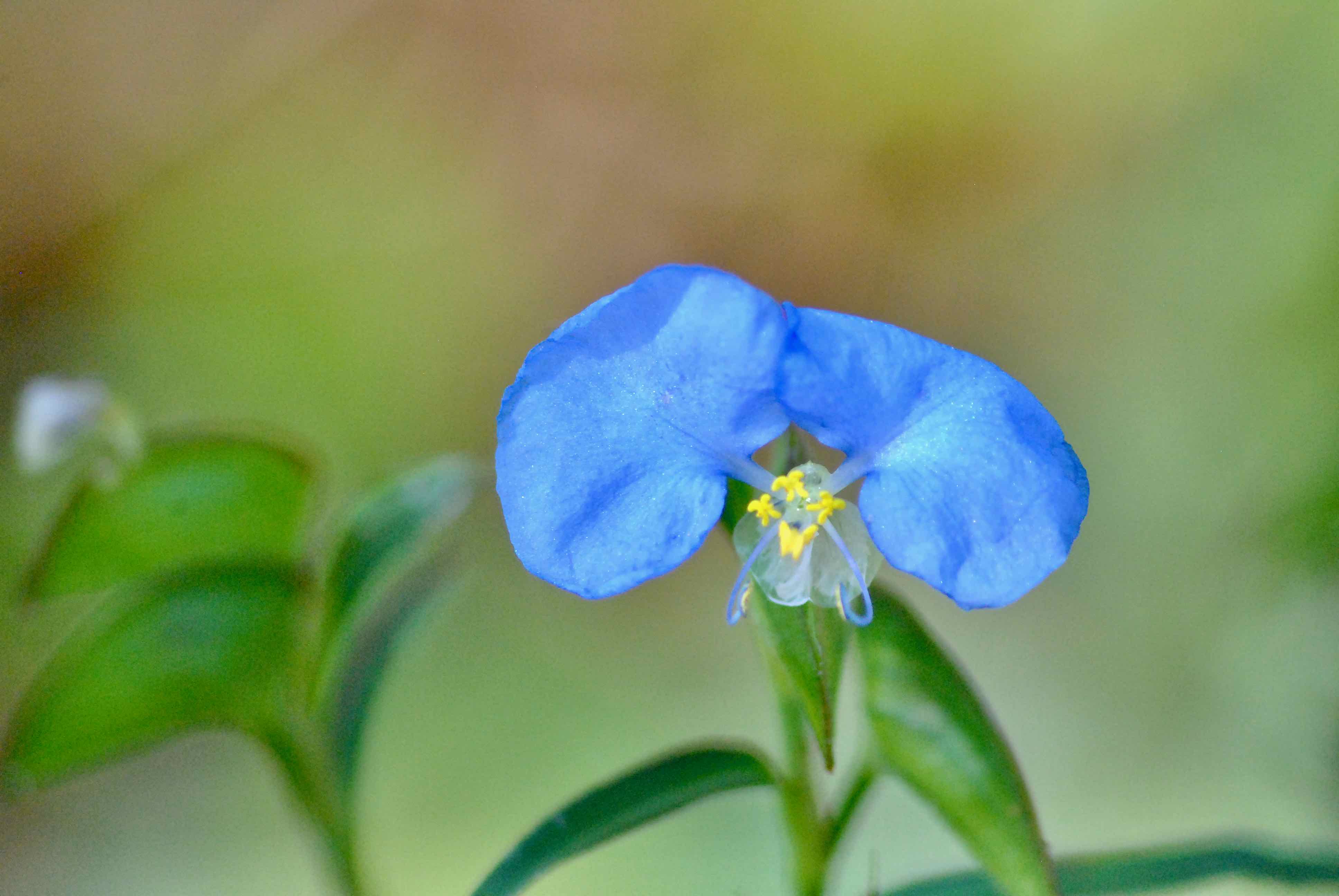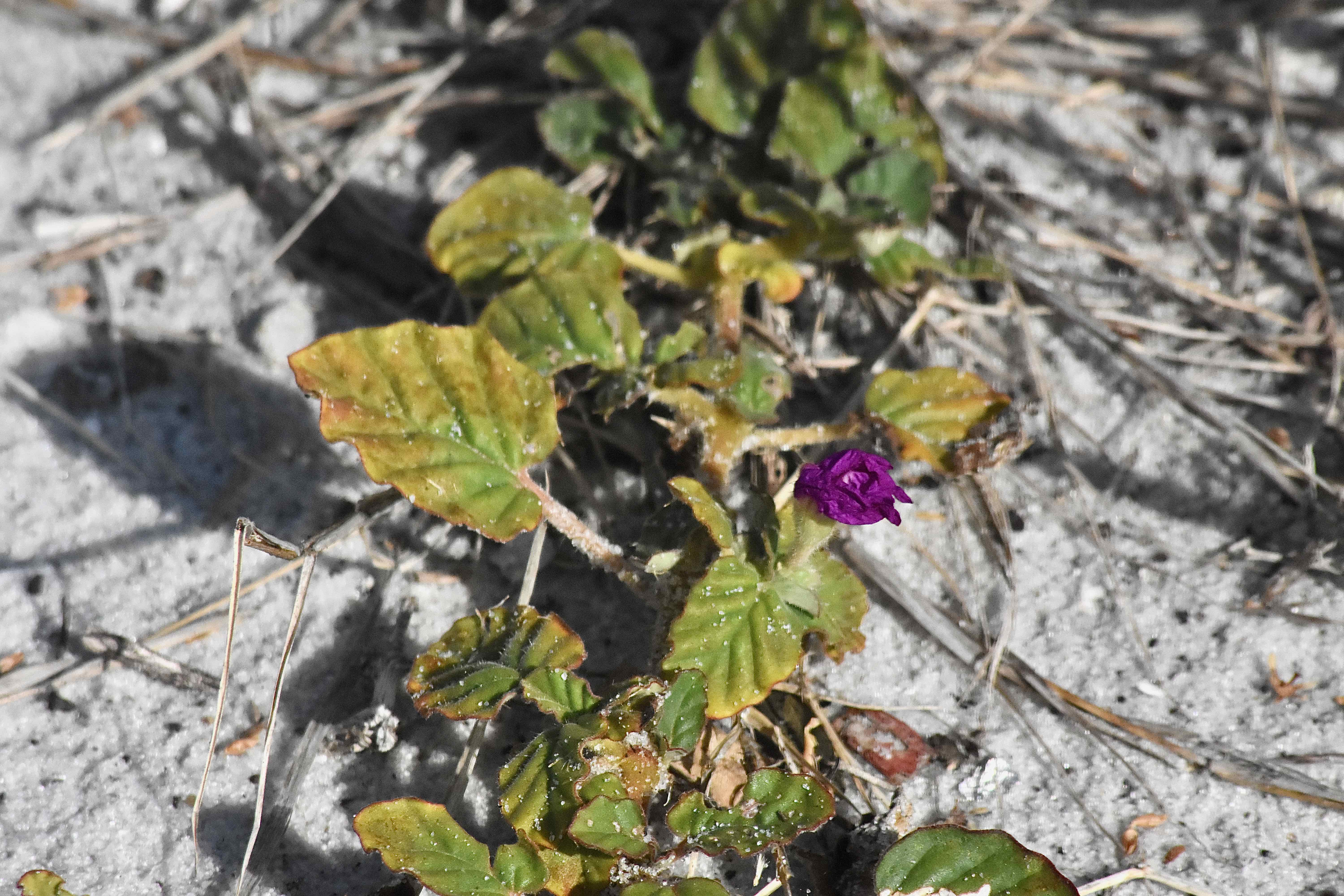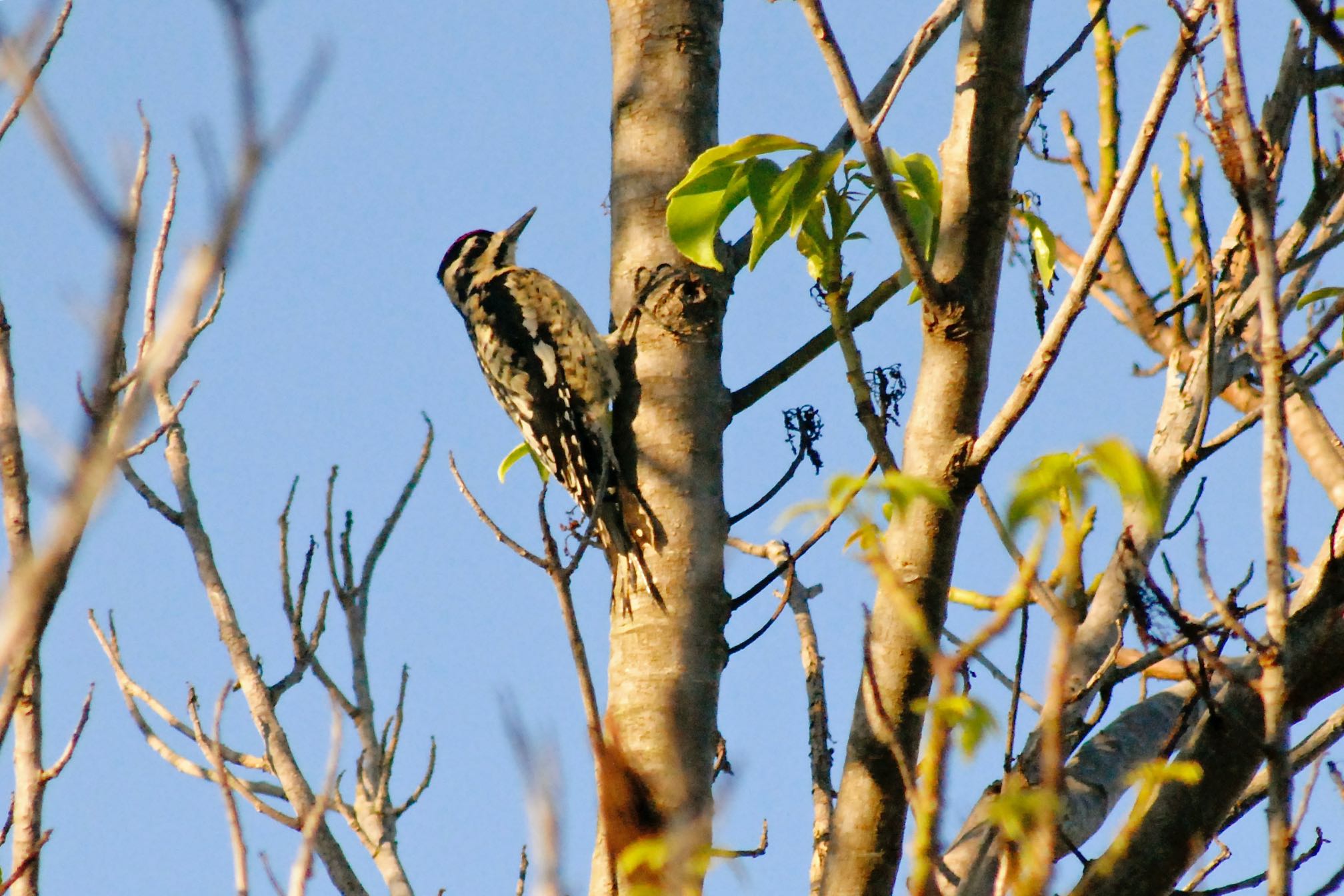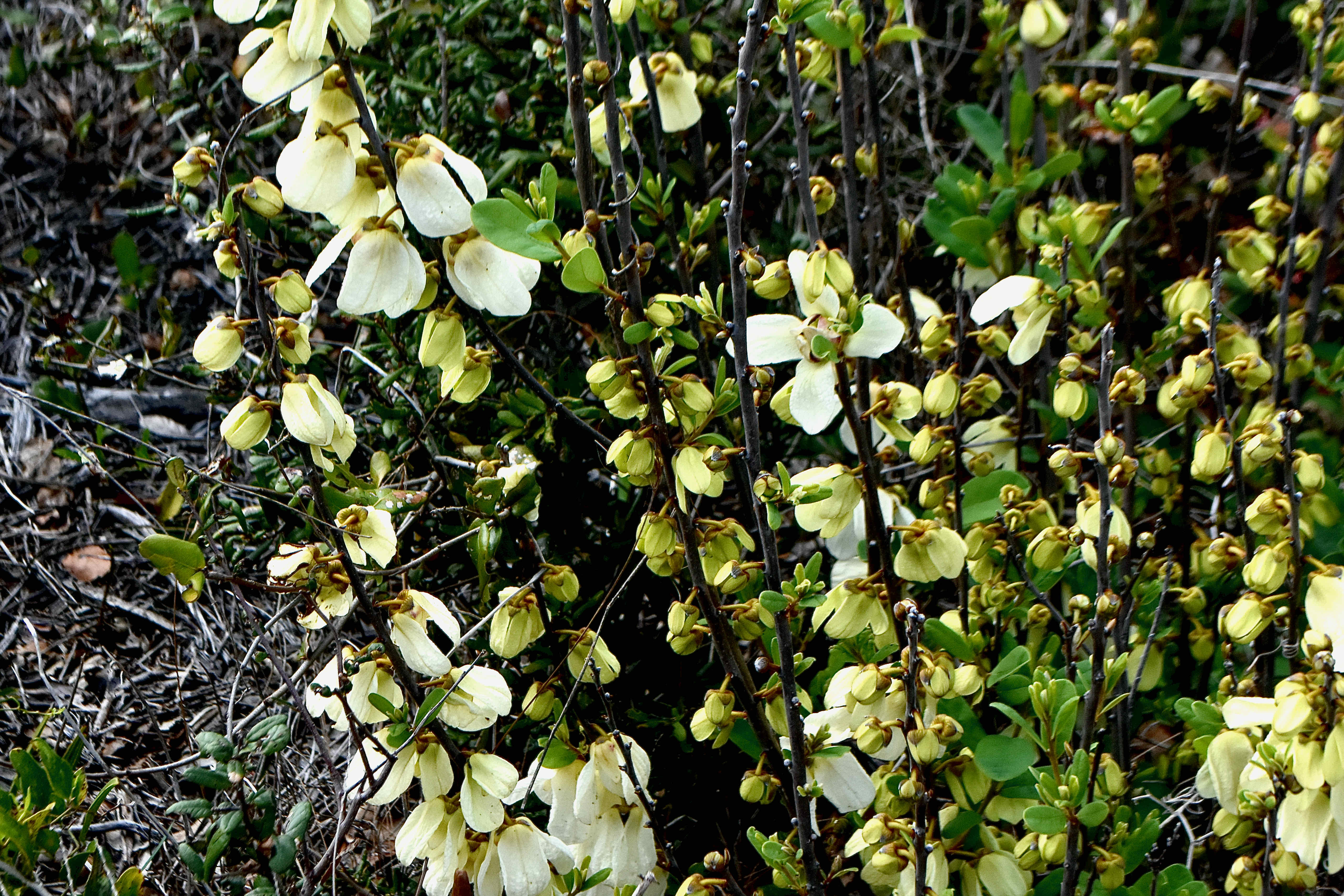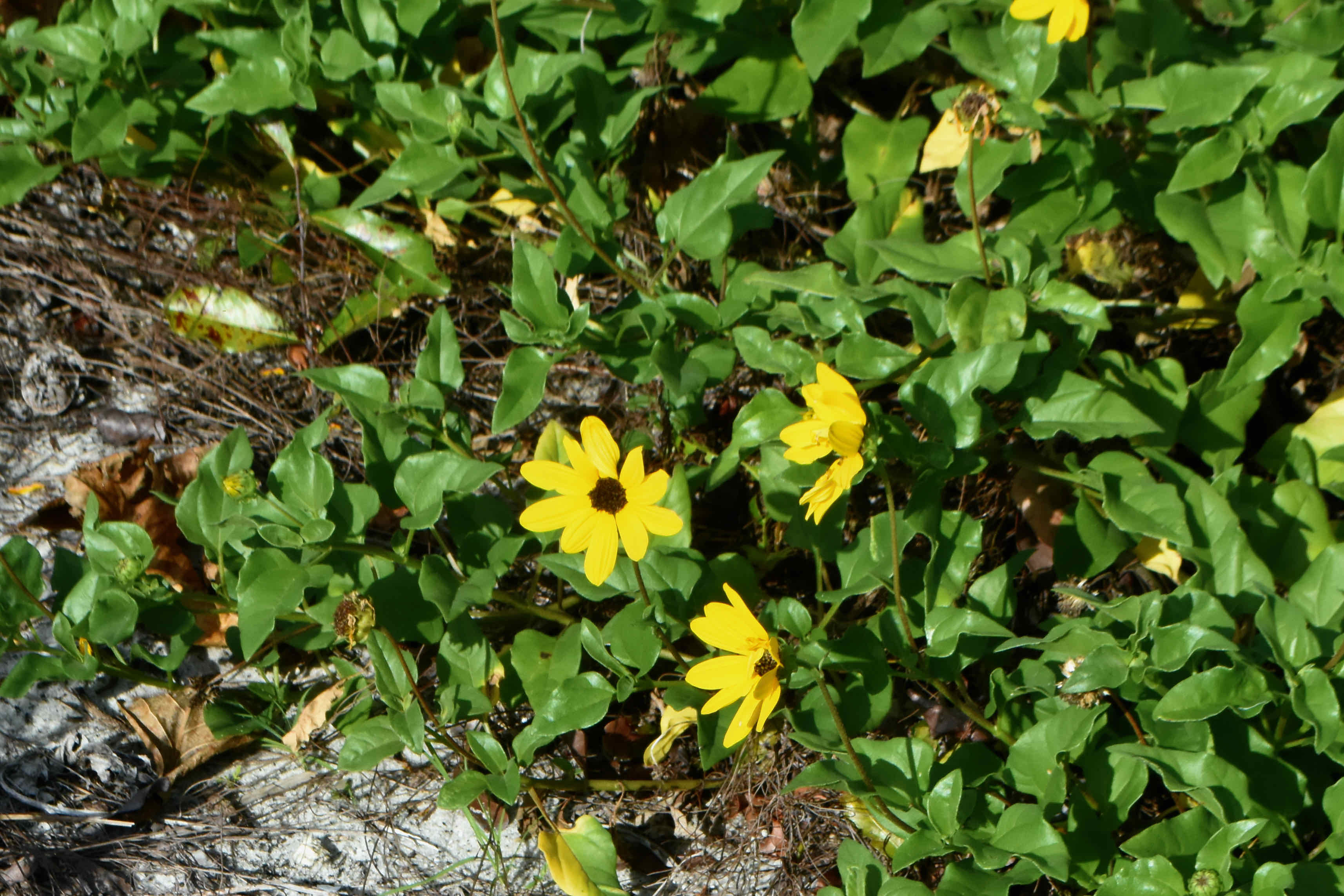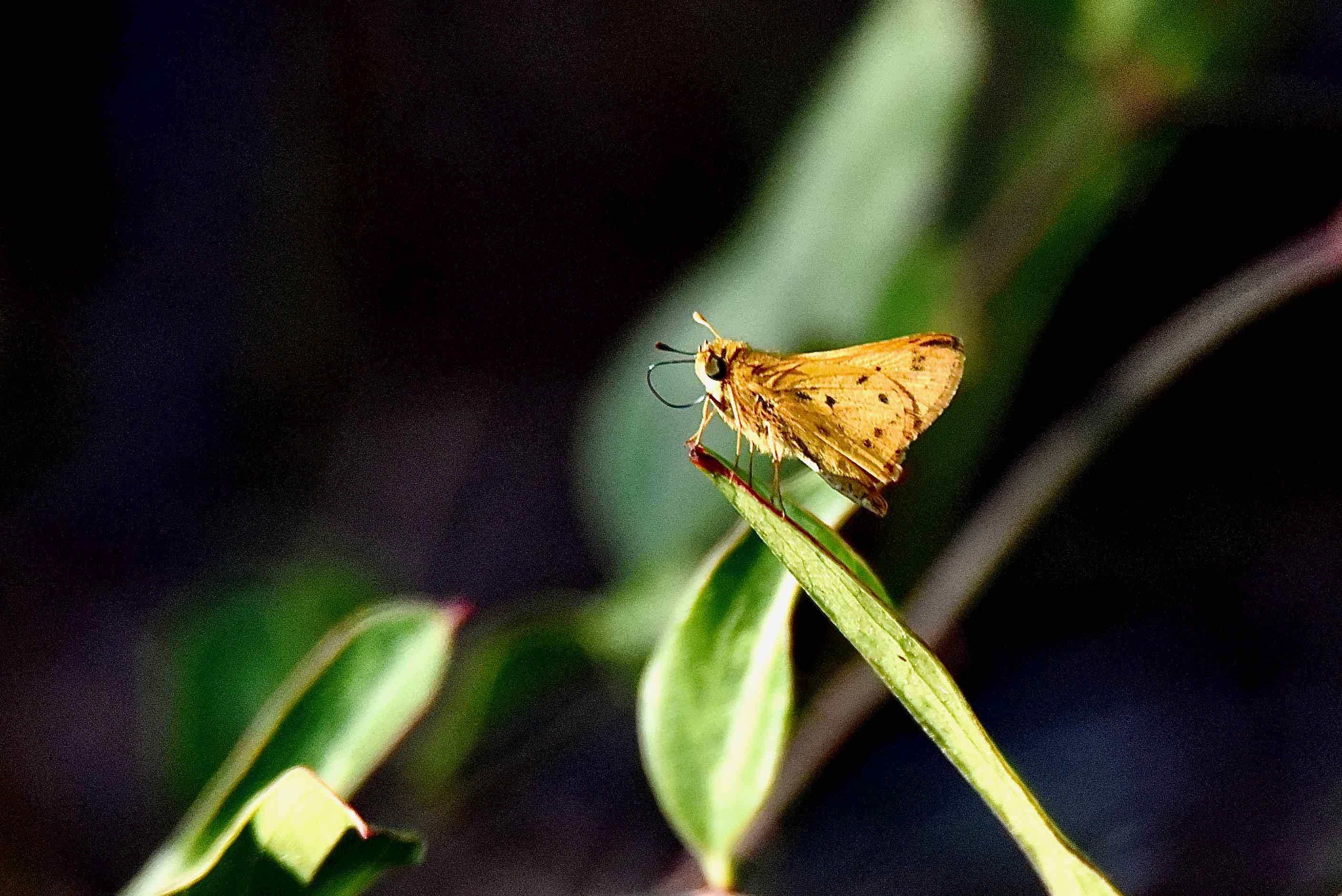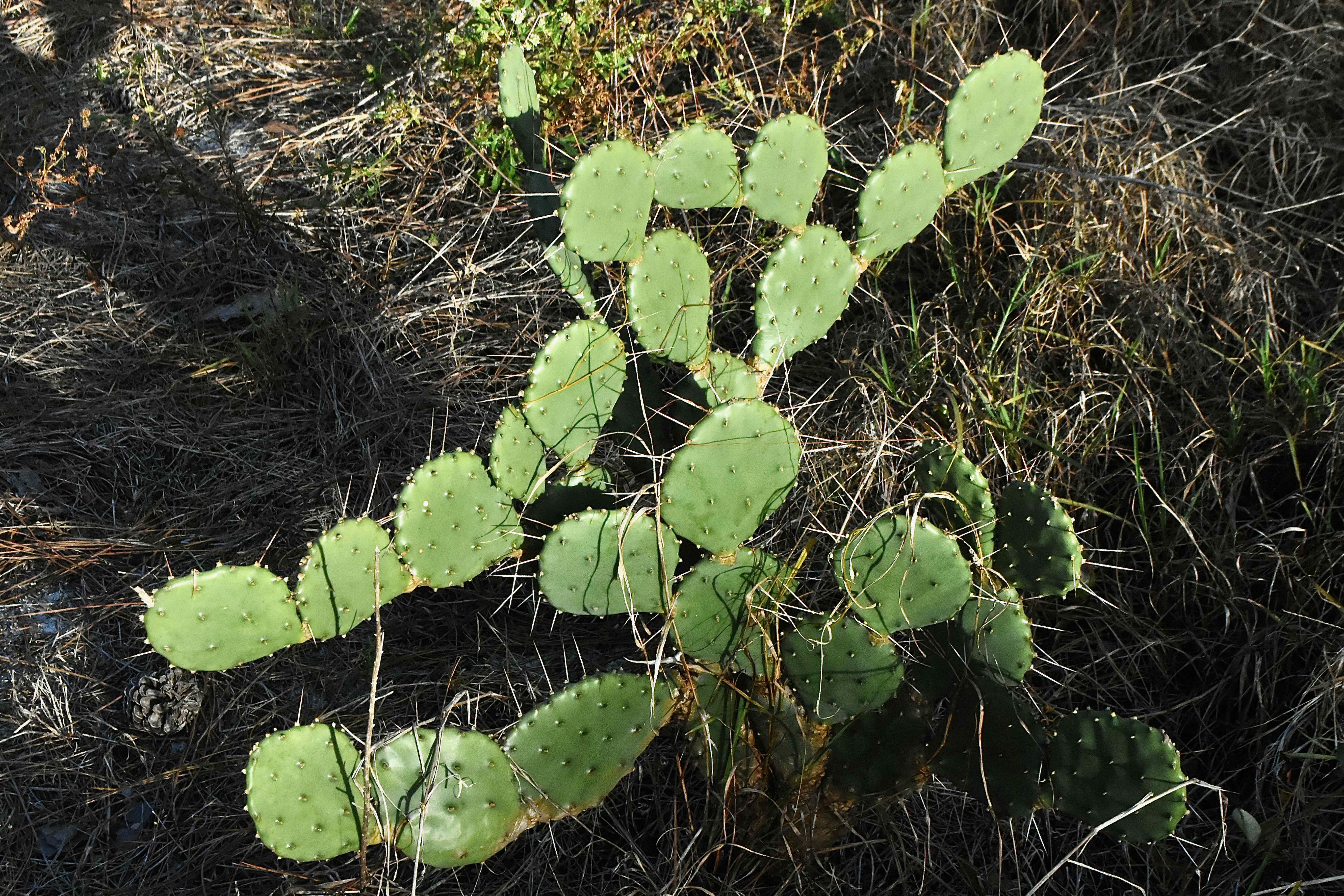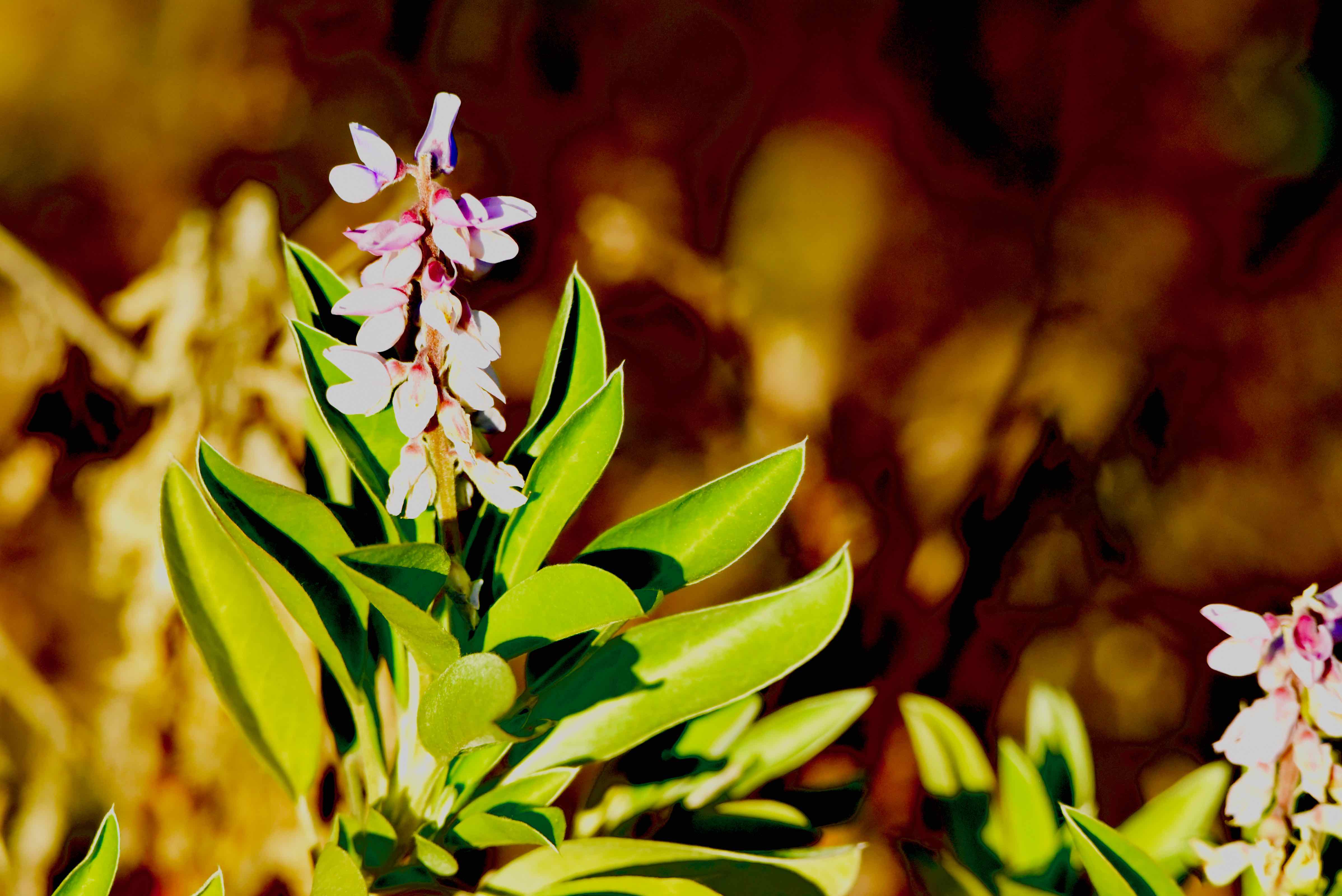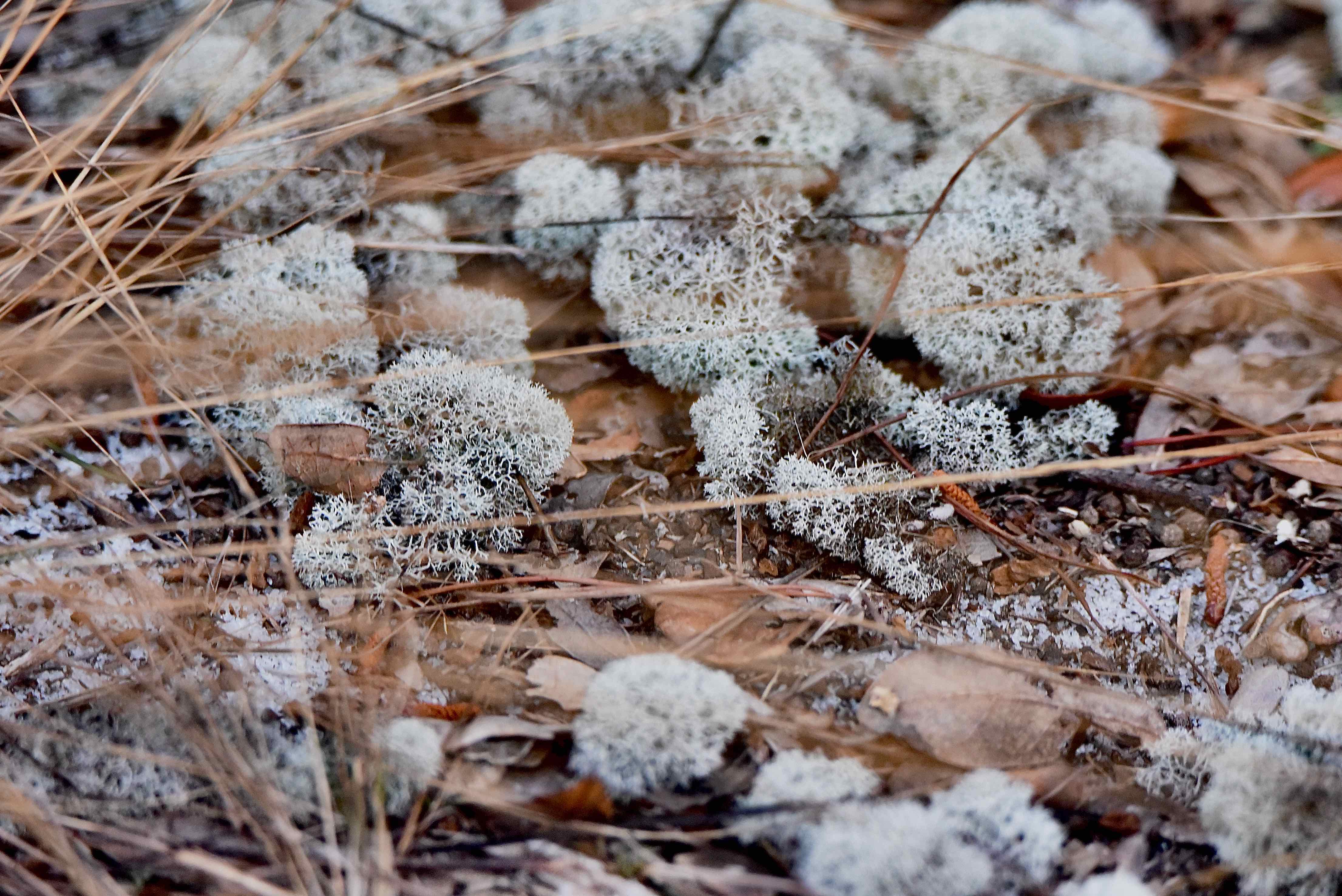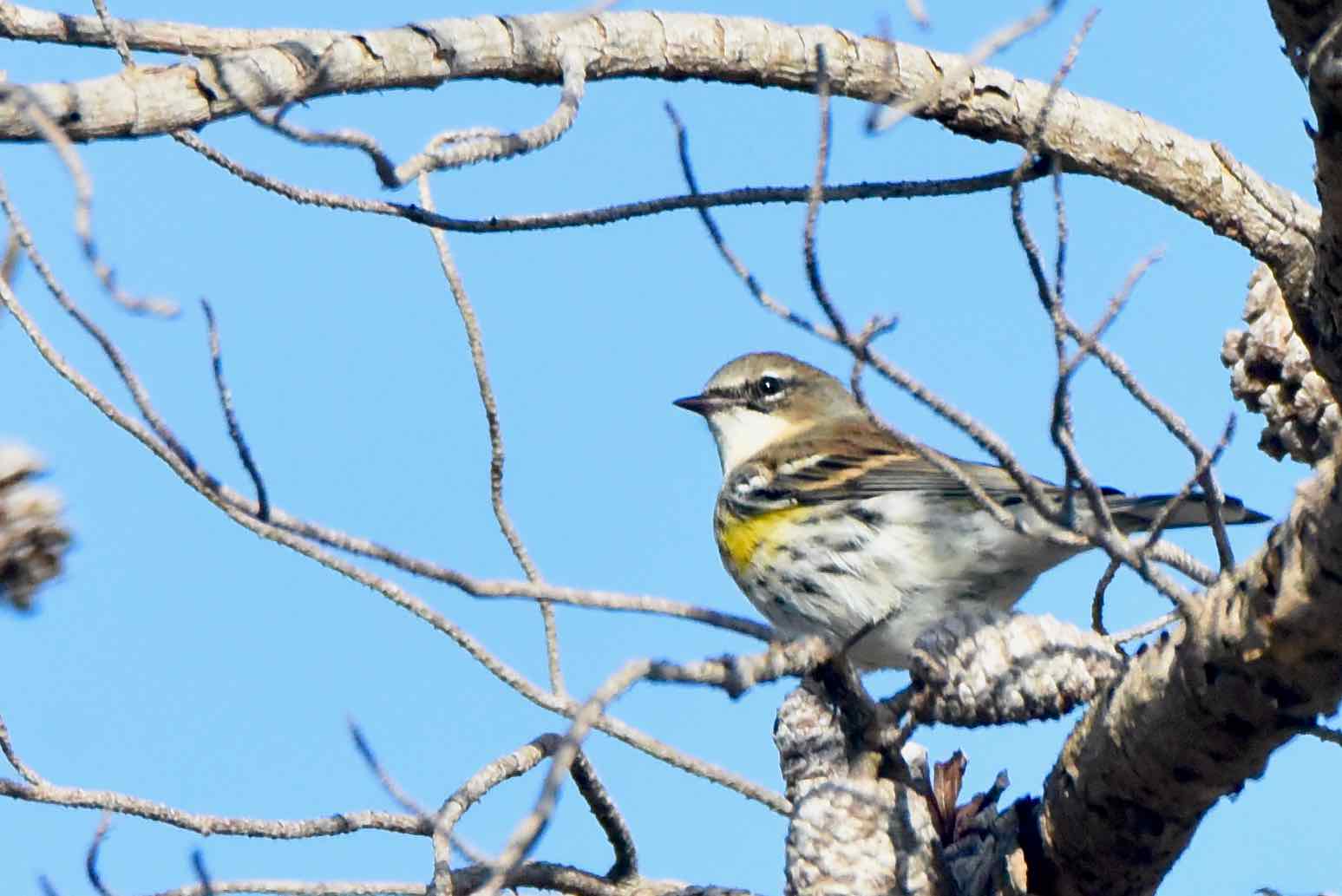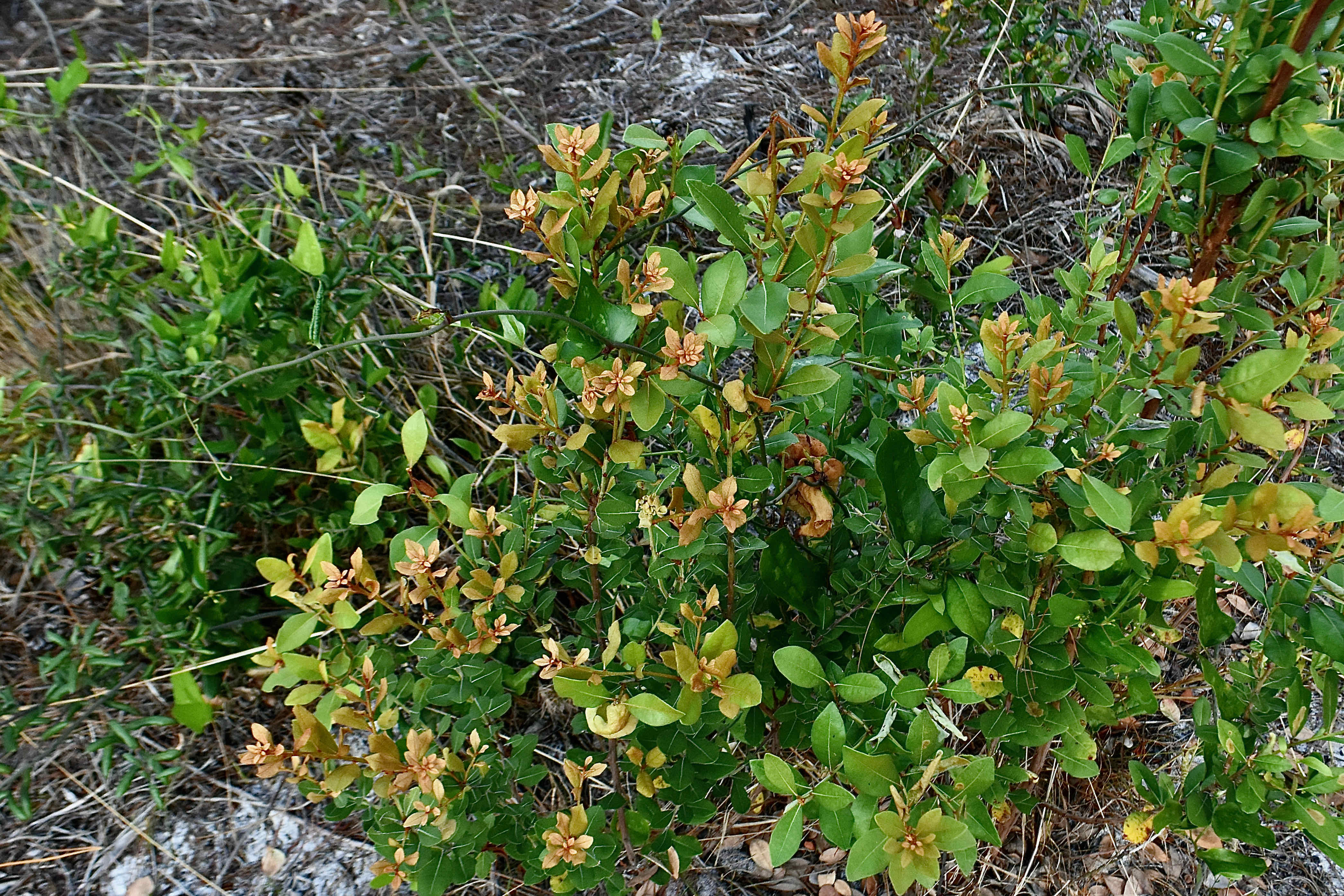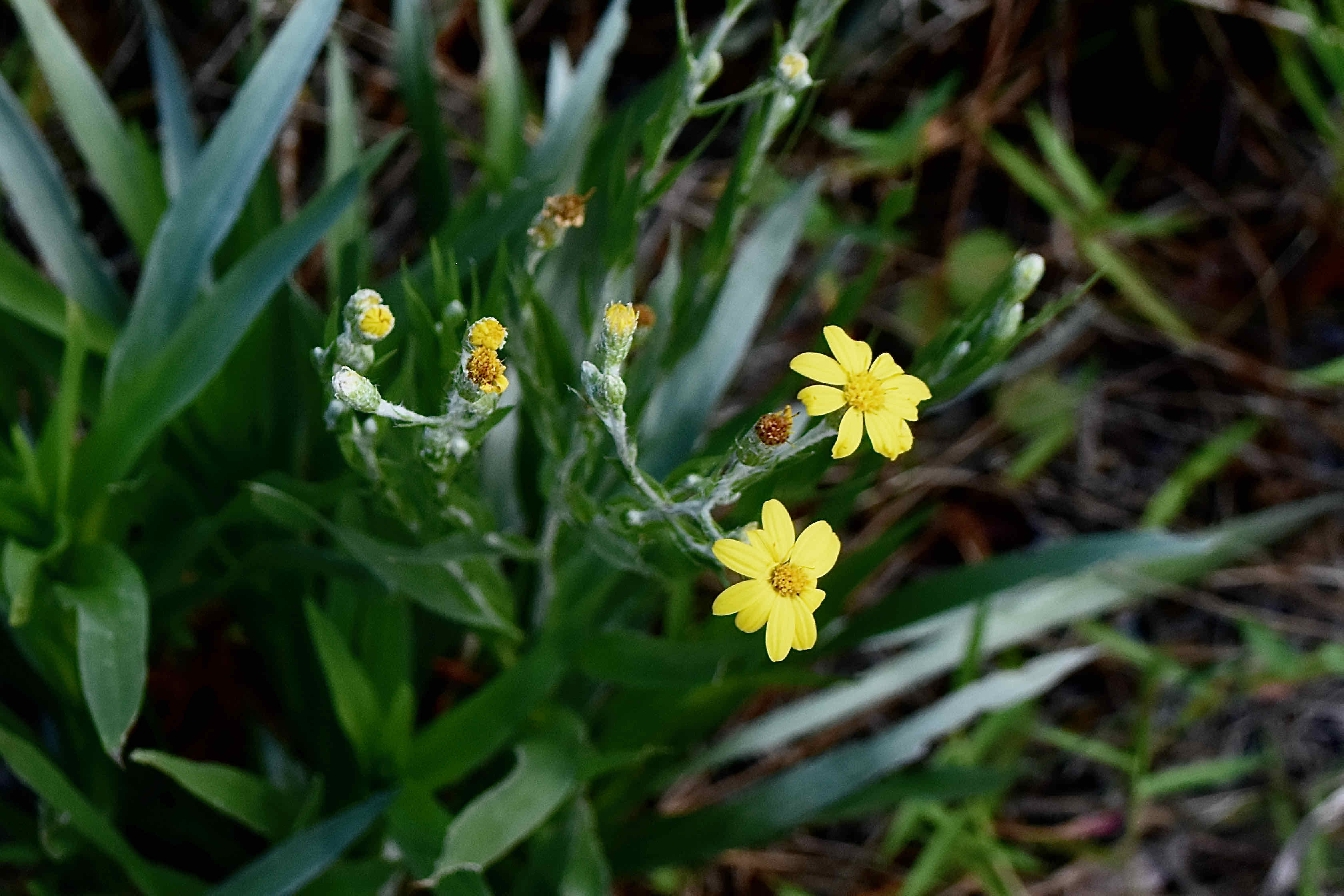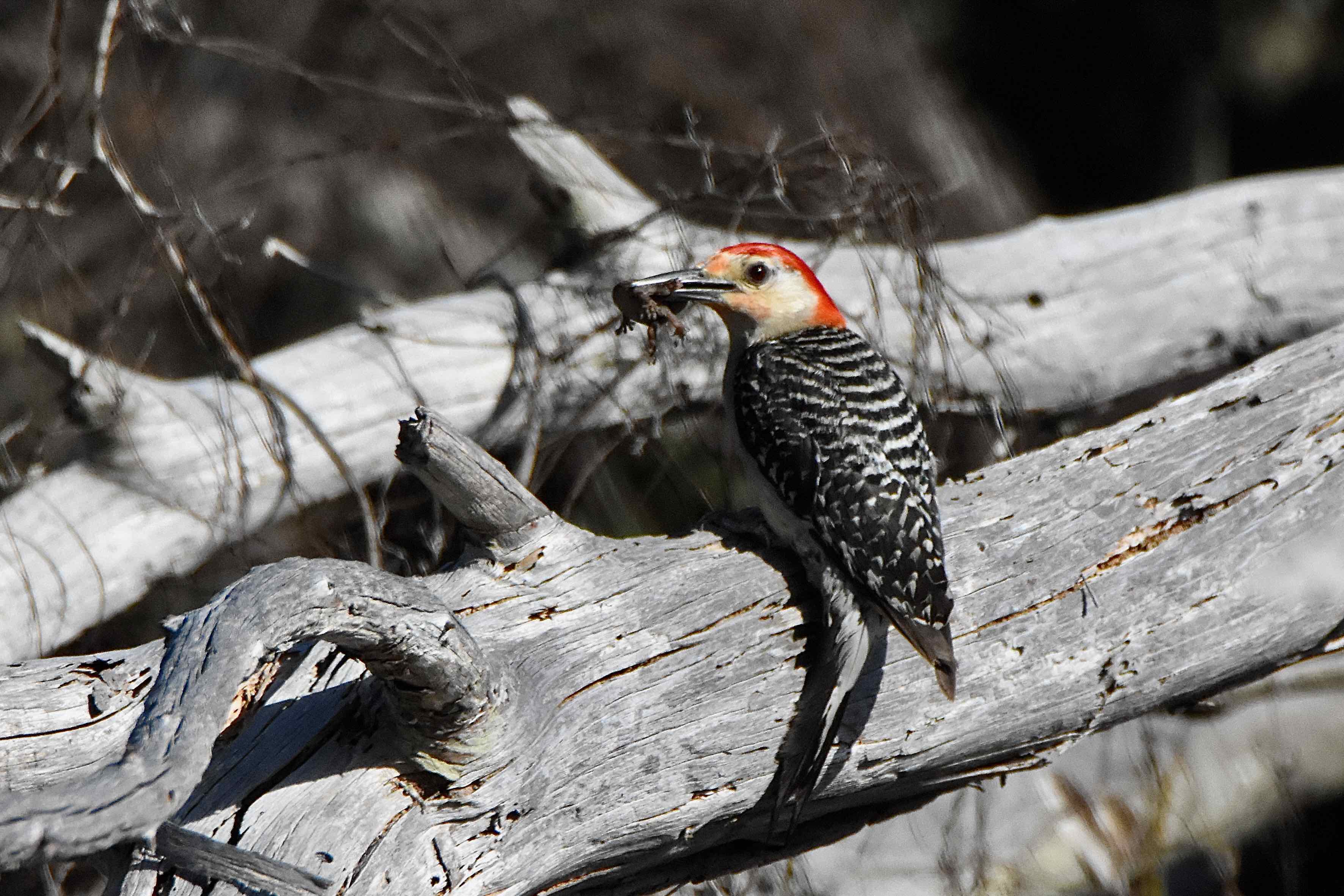At 54 acres, Seacrest Scrub is small by most standards. It offers less than a mile of hiking trails, including the 0.18-mile Gopher Tortoise Trail, which is handicapped accessible. However, it offers a rare piece of undeveloped coastal scrub in South Florida and a diverse array of plants and animals, including some that are considered endangered. And generally speaking it's quiet, unless the FEC railroatrain along the east boundary is running, which fortunately, is not all that often.
Seacrest Scrub Natural Area is also a piece of history. It is among the oldest natural areas in Palm Beach County, and like a number of others, the fact that it was in something of a natural state at the time that the county bought it was a bit of an accident. In the 1983, the Royal Palm Audubon Society in Boca Raton began a push to create a system of "wilderness islands" in the county, preserving environmentally key pieces of land. In 1991, voters of Palm Beach County approved a $100 million bond issue to finance the plan.
In the early 1990s, the then-owners of Seacrest, the Cedar Grove Investment Corp., planned a housing development on the tract but decided to push for a higher density for the project. An alliance between neighbors outraged by the plan and activists who saw an opportunity to preserve an environmentally sensitive piece of land fought the developers — and won. The county bought the land in May 1994 for $2.05 million. Seacrest Scrub Natural Area open in October 1998.
Seacrest itself is a dry, sandy place dominated by large slash pines and sand pines, small shrubby oaks and saw palmetto. It covers 54 acres on an ancient coastal dune ridge. Part of it was a pineapple farm back before 1910 but a fungal disease and cheap imports killed the industry in South Florida. Portions of Seacrest had been cleared over the years, roads cut through it and sections burned, but otherwise never developed.
Facilities include an ample parking lot, educational kiosk and two trails — the 0.75 mile Sand Pine Trail along with the aforementioned Gopher Tortoise Trail — but no water or restrooms. A maintenance road runs north and south and can be explored, as can peremeter roads. The trails, by and large, are well maintained making for easy hiking. The roads can be a bit of slog in places because of deep, loose sand.
We’ve seen osprey, gray fox, raccoons, various warblers, mockingbirds, yellow-bellied sapsuckers, gopher tortoises, plus a variety of spiders and lizards, including the six-lined racerunner. The variety of plants include burrowing four o'clock, milk pea, giant air plant, cardinal airplant, Florida rosemary, large-flowered rosemary, love vine, white-mouth dayflower, skyblue lupine toad flax, Feay's prairieclover and Feay's palafox. And a lot more.
The Institute for Regional Conservation's plant inventory can be found here; The Great Florida Birding Trail's listing for Seacrest can be found here. The 2002 management plans for Seacrest, which includes land history plus lists of plants and animals found on the site, can be found here.
Seacrest Scrub Natural Area is also a piece of history. It is among the oldest natural areas in Palm Beach County, and like a number of others, the fact that it was in something of a natural state at the time that the county bought it was a bit of an accident. In the 1983, the Royal Palm Audubon Society in Boca Raton began a push to create a system of "wilderness islands" in the county, preserving environmentally key pieces of land. In 1991, voters of Palm Beach County approved a $100 million bond issue to finance the plan.
In the early 1990s, the then-owners of Seacrest, the Cedar Grove Investment Corp., planned a housing development on the tract but decided to push for a higher density for the project. An alliance between neighbors outraged by the plan and activists who saw an opportunity to preserve an environmentally sensitive piece of land fought the developers — and won. The county bought the land in May 1994 for $2.05 million. Seacrest Scrub Natural Area open in October 1998.
Seacrest itself is a dry, sandy place dominated by large slash pines and sand pines, small shrubby oaks and saw palmetto. It covers 54 acres on an ancient coastal dune ridge. Part of it was a pineapple farm back before 1910 but a fungal disease and cheap imports killed the industry in South Florida. Portions of Seacrest had been cleared over the years, roads cut through it and sections burned, but otherwise never developed.
Facilities include an ample parking lot, educational kiosk and two trails — the 0.75 mile Sand Pine Trail along with the aforementioned Gopher Tortoise Trail — but no water or restrooms. A maintenance road runs north and south and can be explored, as can peremeter roads. The trails, by and large, are well maintained making for easy hiking. The roads can be a bit of slog in places because of deep, loose sand.
We’ve seen osprey, gray fox, raccoons, various warblers, mockingbirds, yellow-bellied sapsuckers, gopher tortoises, plus a variety of spiders and lizards, including the six-lined racerunner. The variety of plants include burrowing four o'clock, milk pea, giant air plant, cardinal airplant, Florida rosemary, large-flowered rosemary, love vine, white-mouth dayflower, skyblue lupine toad flax, Feay's prairieclover and Feay's palafox. And a lot more.
The Institute for Regional Conservation's plant inventory can be found here; The Great Florida Birding Trail's listing for Seacrest can be found here. The 2002 management plans for Seacrest, which includes land history plus lists of plants and animals found on the site, can be found here.

